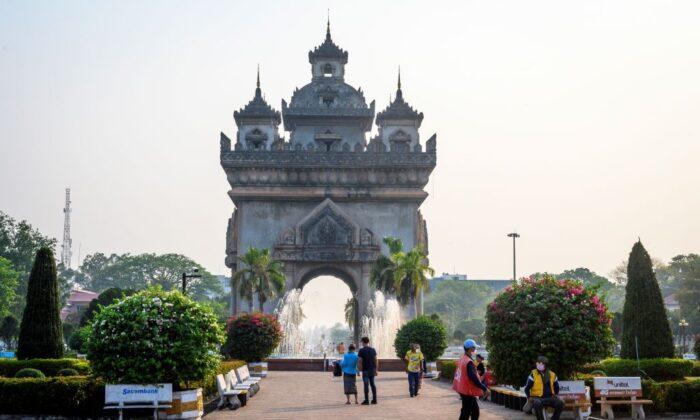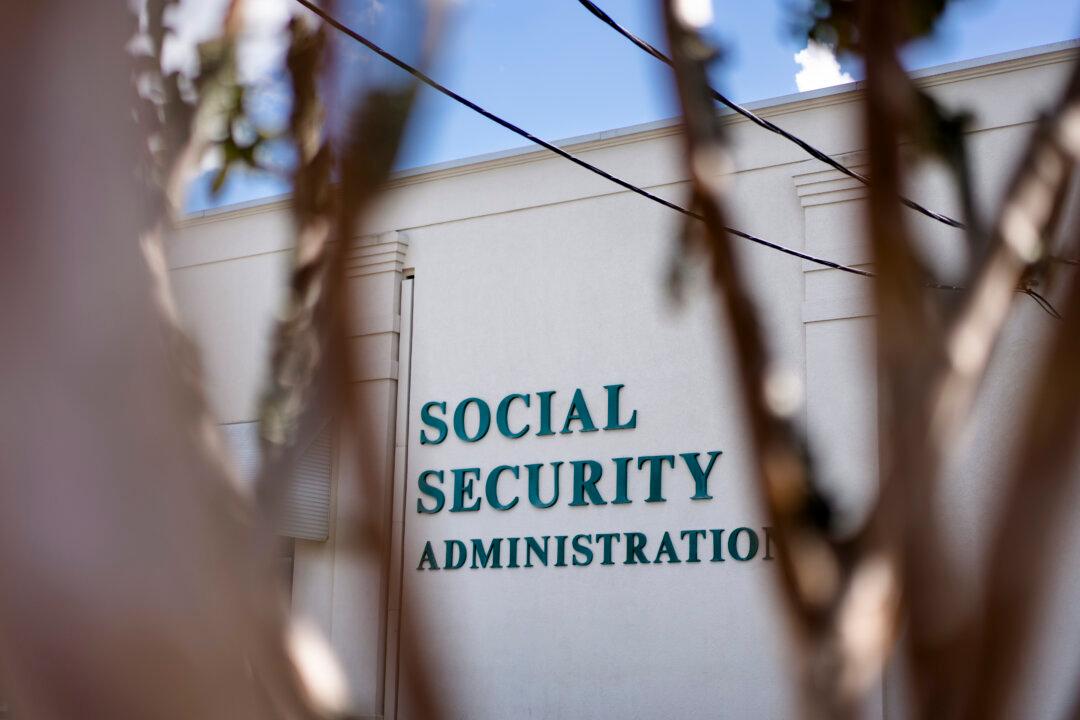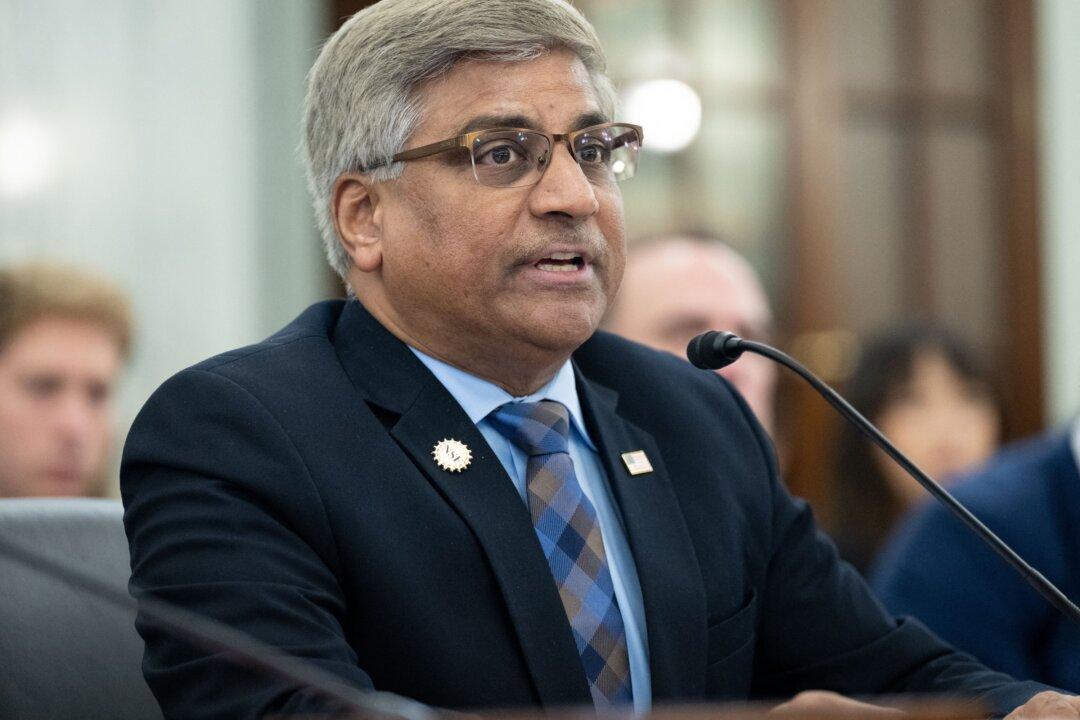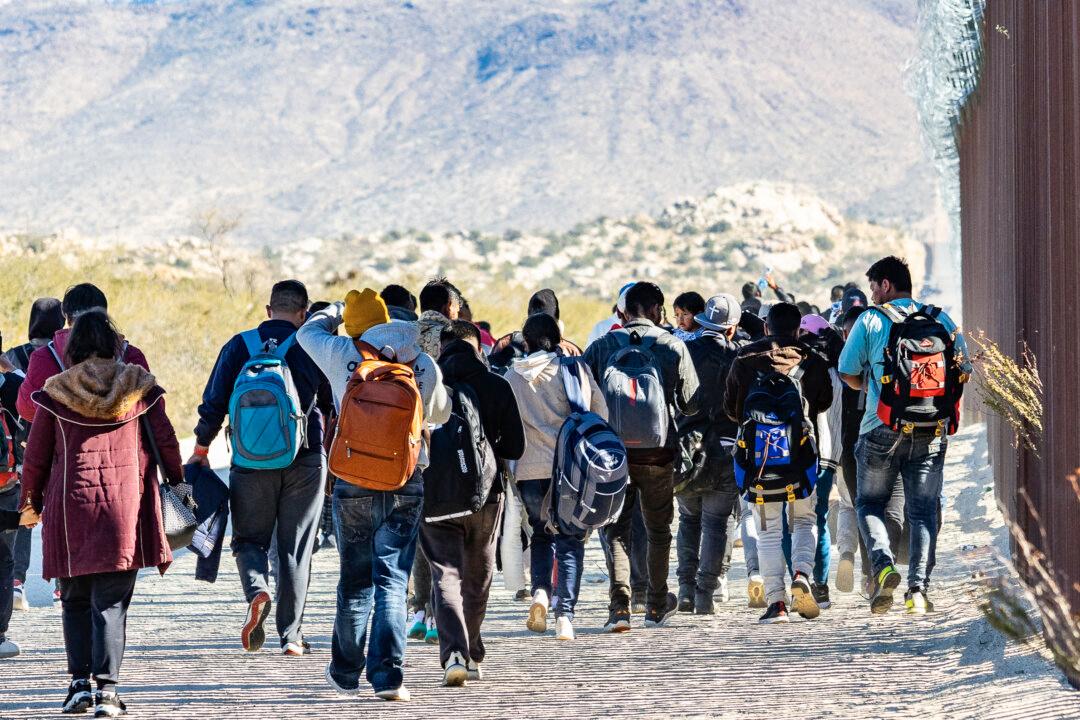Inflation in the Southeast Asian nation of Laos spiked to 30.1 percent on an annual basis last month according to the Lao Statistics Bureau.
August inflation was roughly five percentage points higher than the 25.6 percent inflation rate posted in July. In August 2021, inflation was only at 3.81 percent. As such, the August 2022 inflation numbers are close to eight times what it was a year back. The cost of gas, electricity, water, and housing rose by 20.5 percent. Food and non-alcoholic beverages saw a 30.2 percent increase.
Laos has one of the highest rates of inflation in the Southeast Asian region. Economists have raised concerns about the steep rise in food prices, especially considering that flooding has devastated some of the farmland in the country.
High fuel prices and continuous depreciation of the Laotian kip are two of the major reasons contributing to the inflationary pressure. From the beginning of the year, the USD/LAK (kip) exchange rate has seen a rise from around 11,175 to 15,021, as of Sept. 10, a spike of over 34 percent.
Chinese Debt
In addition to inflation, another factor pressuring Laos’ economy is debt, a major part of which is accounted for by Chinese lenders. Since 2019, the country’s public debt has rapidly risen.Estimates by the World Bank put the total public and publicly guaranteed (PPG) debt as having risen to 88 percent of GDP in 2021 from 68 percent in 2019. Roughly 50 percent of the debt is owed to China.
“The country’s true level of public debt exposure to all creditors is most likely north of 120 percent of GDP. … There is no other country in the world with a higher level of public debt exposure to China as a percentage of host country GDP,” he said while estimating Lao’s total debt exposure to China at 64.8 percent of GDP.
Normal citizens were limited to buying just around $30 worth of fuel at a time, while farmers were restricted to 20 liters.





